SAGAS the core of Commercial Software Engineering at Jala University
By Jala University
October 06, 2025
At Jala University we believe that the future of education in technology must be practical, global, and inclusive. We conceive Commercial Software Engineering not as a sum of isolated subjects, but as an integral system of progressive learning. The heart of our curriculum is SAGAS, an educational model that combines programming, software development, architecture, and applied artificial intelligence, designed so that each student advances gradually and consistently in their skills.
The vision behind the curriculum
Our program director, in addition to being an engineer, is also a musician, and that dual perspective led him to envision the career as a musical composition. In a piece, each note integrates with the previous one and prepares the next, creating harmony. In the same way, in the SAGAS curriculum, each course builds upon the previous one and lays the foundation for the next. Thus, learning becomes a progressive journey, where fundamental concepts are reinforced with practical projects and then evolve into more complex levels, until achieving professional mastery of software engineering.
The four dimensions of SAGAS
Saga one: Programming
The first axis of the SAGAS model is programming. Here, the student acquires the ability to translate ideas into code. Different languages (such as Python, Java, C#, and JavaScript) are studied so that the focus is not on memorizing syntax, but on understanding the universal principles of computational logic, abstraction, and algorithmic problem-solving.
Saga two: Software Development
The second axis focuses on software development. The student learns to work with agile methodologies (Scrum, Kanban) and modern software engineering frameworks. Collaboration, version control with Git, continuous integration, and code quality are prioritized here. The goal is for each project to come as close as possible to a real work environment.
Saga three: Software Architecture
In the third axis, the focus is on software architecture. The student learns how to design robust, scalable, and secure systems. Design patterns, monolithic architectures, service-oriented architectures, and microservices-based architectures are studied, along with key concepts such as APIs, application security, and cloud deployment. The purpose is for the student to understand not only how to program but also how to structure solutions that can grow over time.
Saga four: Applied Artificial Intelligence
The fourth axis introduces applied artificial intelligence. The student learns to integrate machine learning models, data analysis, and automation techniques into software projects. Beyond theory, AI is used as a practical tool to solve real problems, preparing the future engineer for a job market where these skills are already indispensable.
Methodology: learning by doing
Teaching at Jala University is based on the principle of learning by doing. This means that theory is always accompanied by practical projects, starting from the first semester. Some examples include the development of basic web applications, the construction of APIs, the implementation of databases, and the creation of complete systems that integrate different technologies.
The approach also includes interdisciplinary work, fostering communication, problem-solving, and collaborative design. Each semester a greater challenge is introduced, ensuring that academic growth is progressive and structured.
Specialization and impact
In advanced semesters, students move toward specialization. Areas covered include the design of scalable architectures, the implementation of data pipelines, the creation of artificial intelligence solutions, and the development of mobile and cloud applications.
The goal is for each student to graduate with a solid portfolio of projects that showcase both technical and leadership skills. In addition, the emphasis on collaborative work prepares future engineers to integrate into high-performance global teams.
A global learning community
Jala University offers an international experience with a presence in the United States and Latin America. This allows students to work in multicultural contexts, understand global standards of the technology industry, and be prepared to compete anywhere in the world.
The fact:
Our model incorporates applied artificial intelligence as an essential part of training.
- With the initiative Beyond the Junior Dev, we prepare students to go beyond an entry-level profile.
- With Valis: Your AI Tutor, each student has a personalized AI tutor that guides their learning.
In this way, we not only train programmers but software engineers prepared to work alongside AI, a key skill for the global technology industry.
Full scholarships for all students
One of our pillars is inclusive education: that is why, at Jala University, all students receive a full university scholarship. We believe in the young talent of Argentina, Bolivia, Brazil, Colombia, and Mexico, and we want to ensure that no student is left out for economic reasons.
Learn how our practical curriculum works and begin your journey to becoming a software engineer with a vision in artificial intelligence.
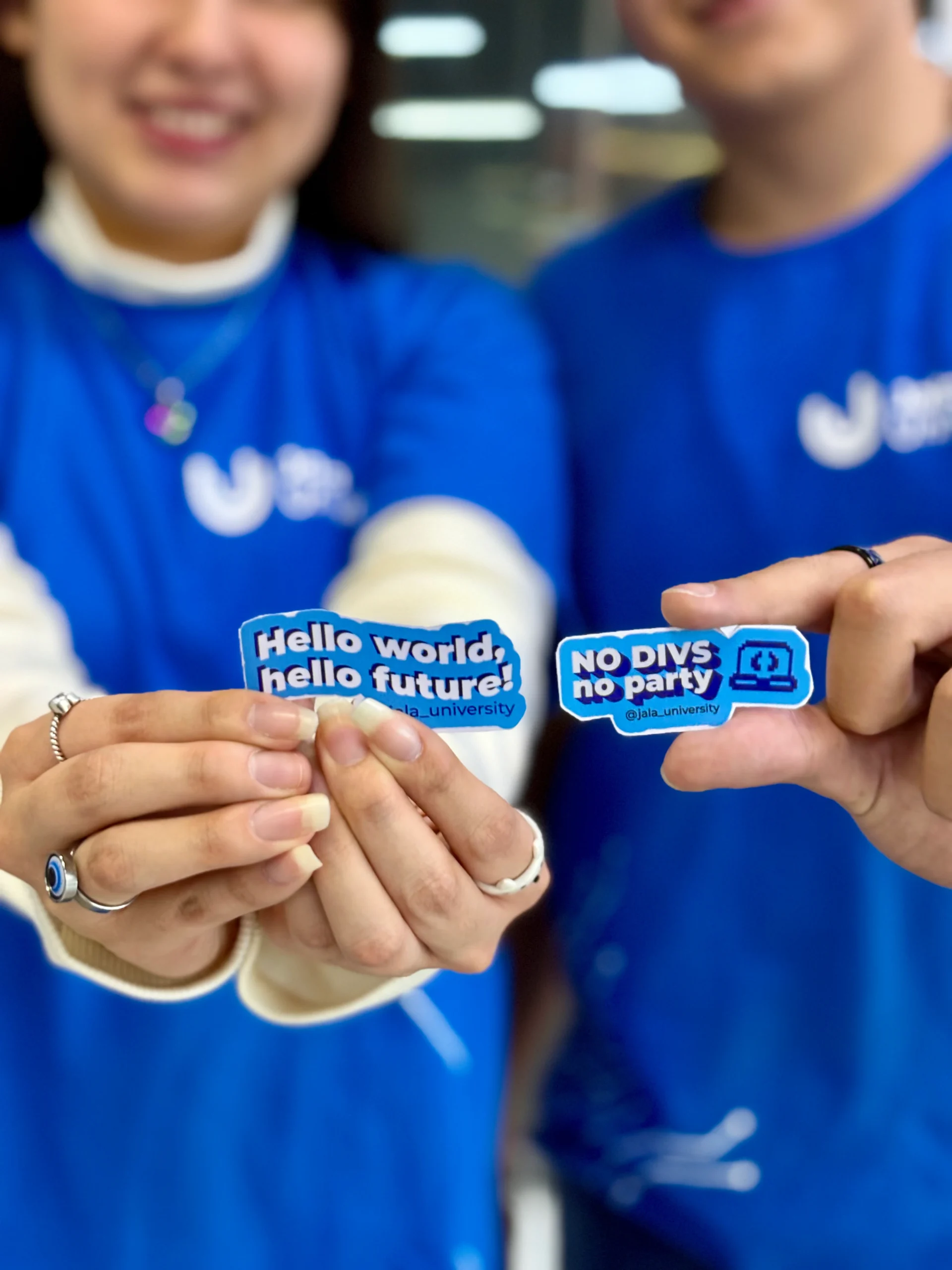
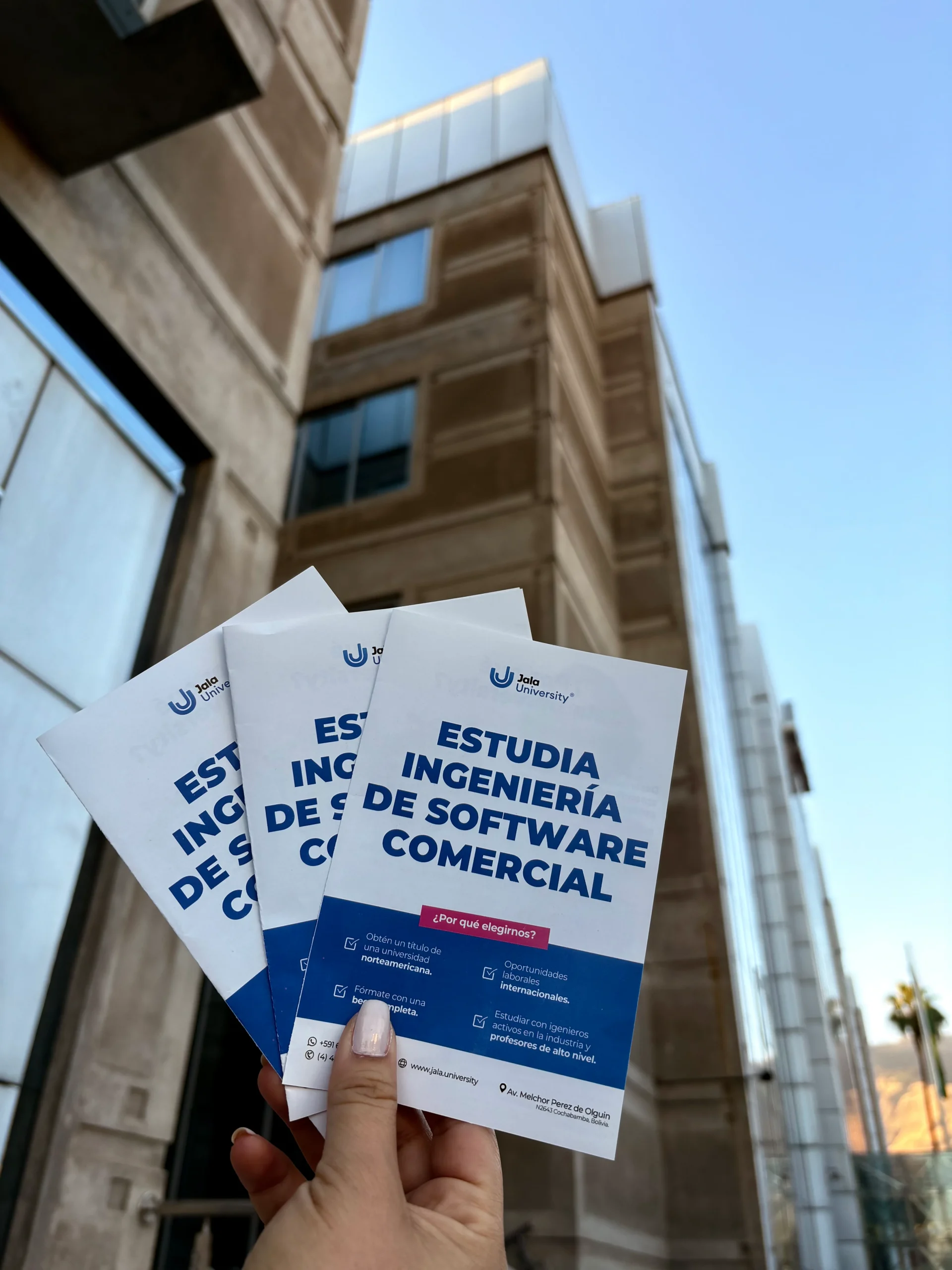
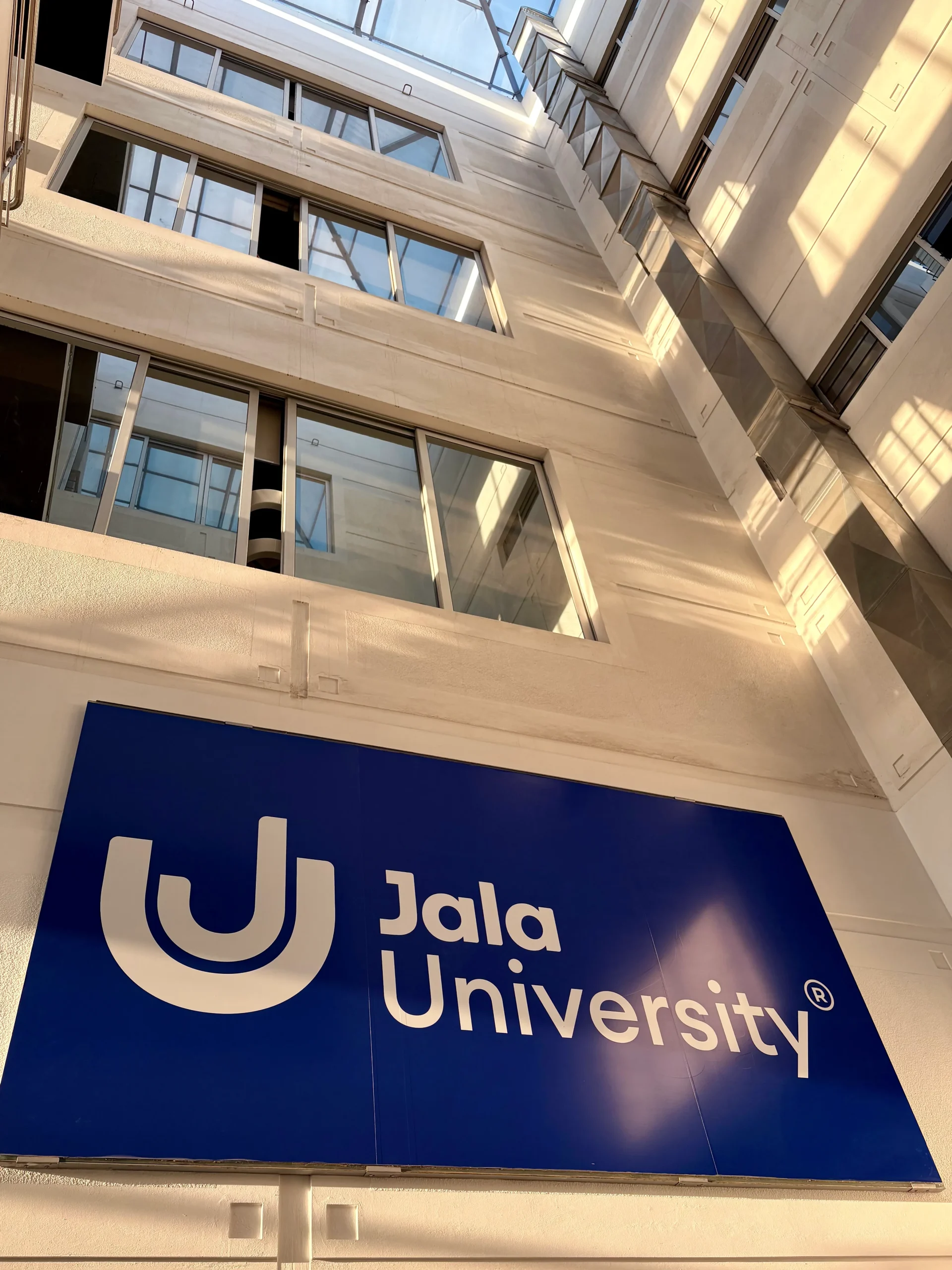
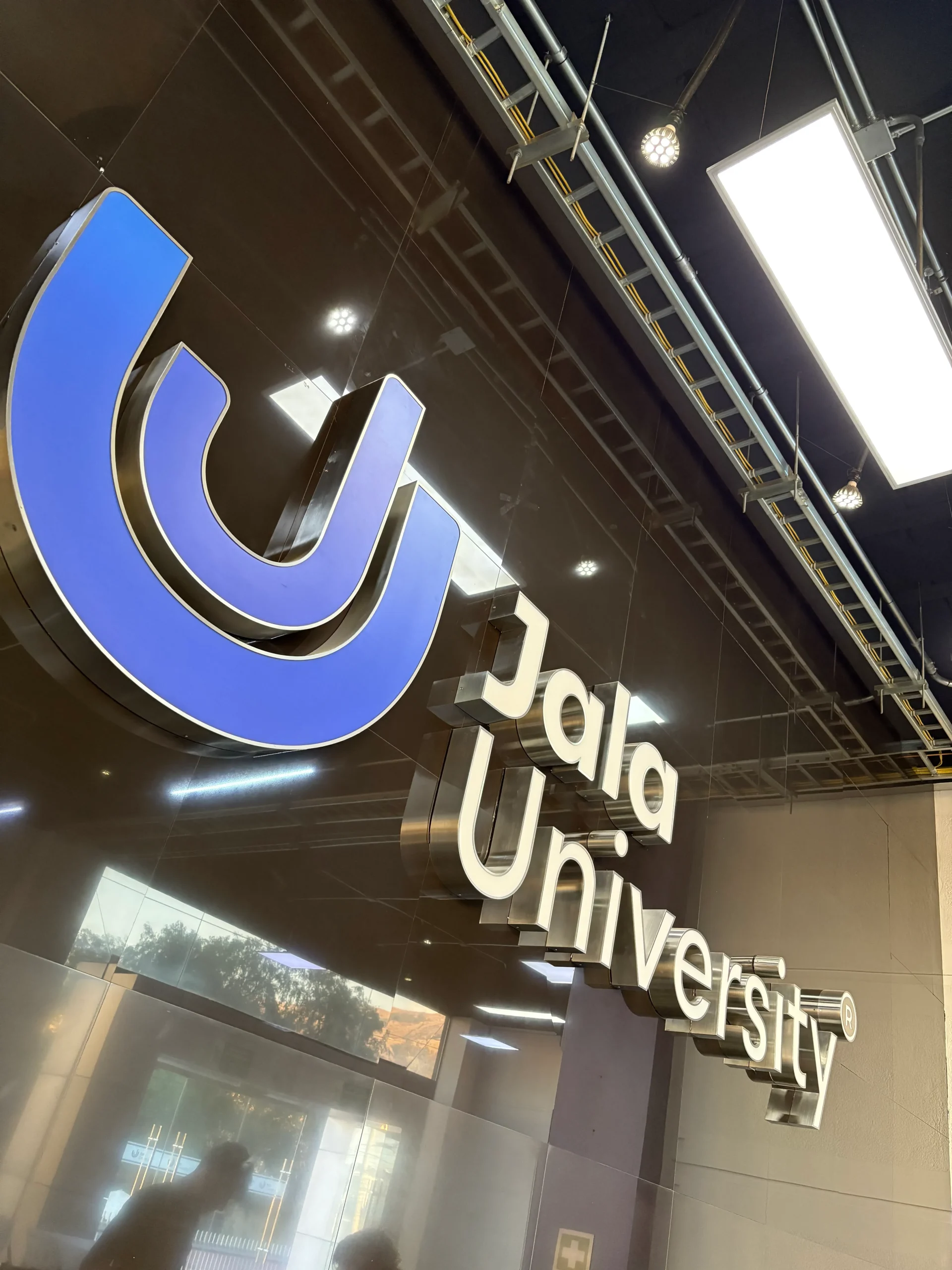
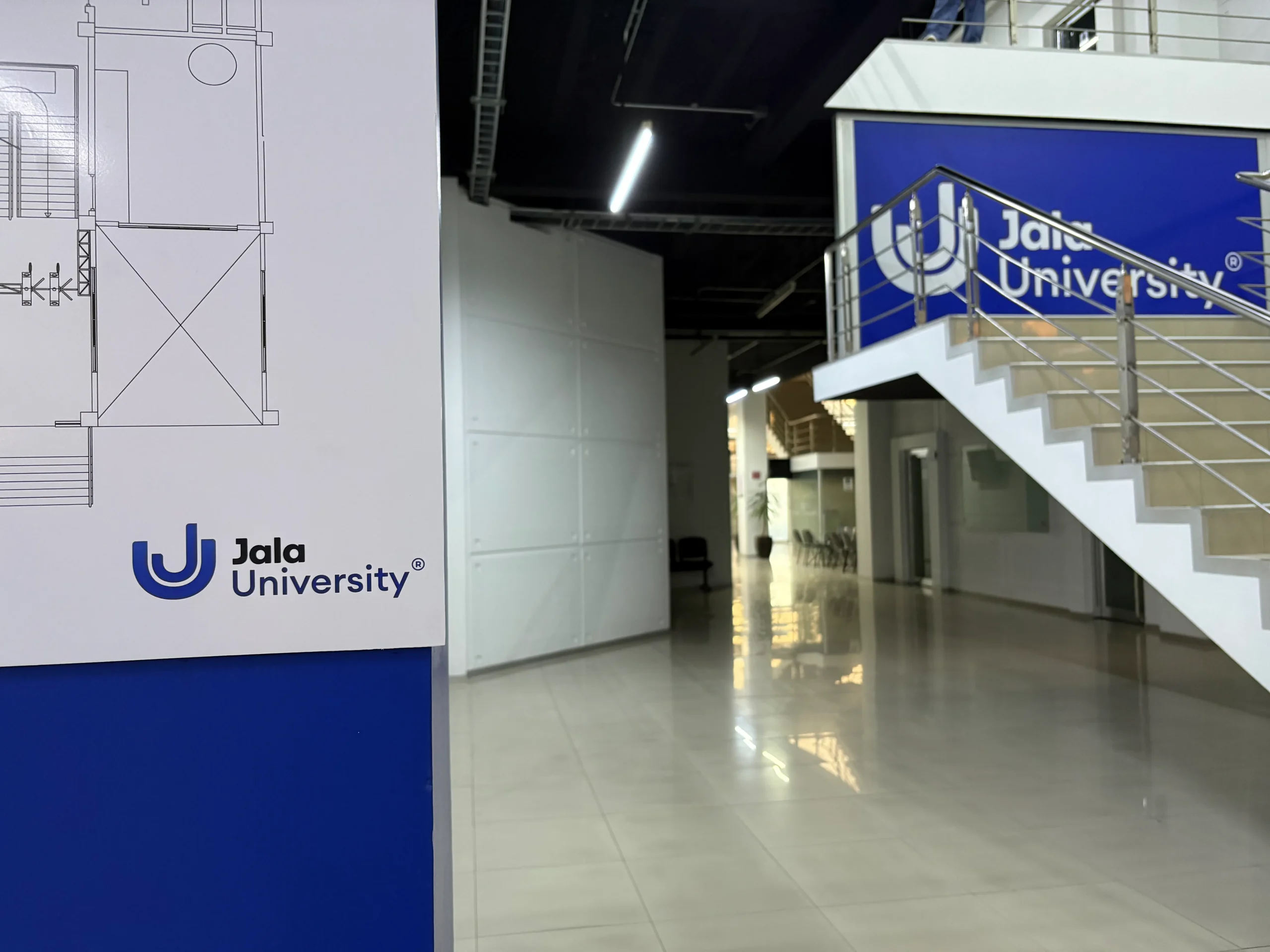
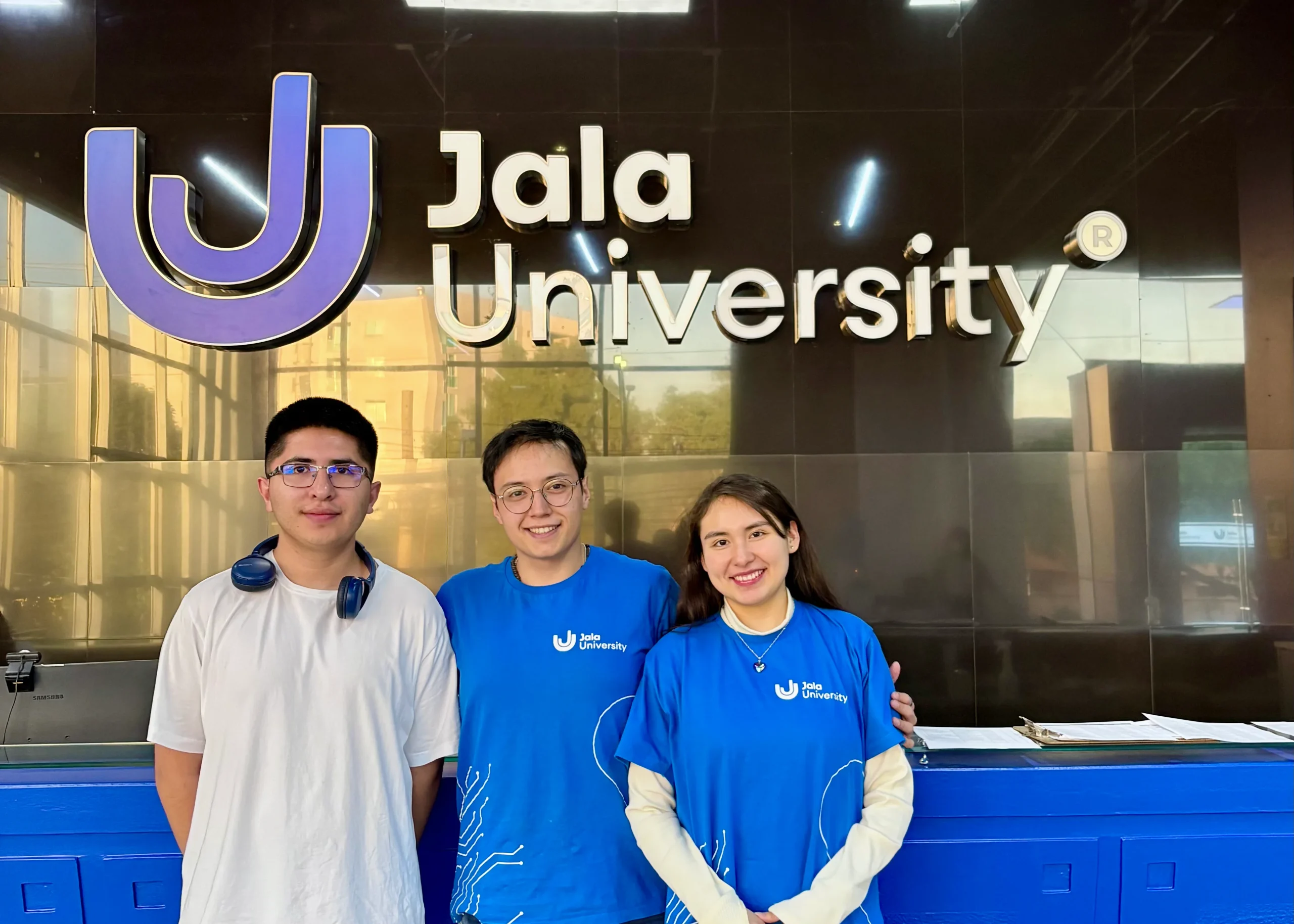
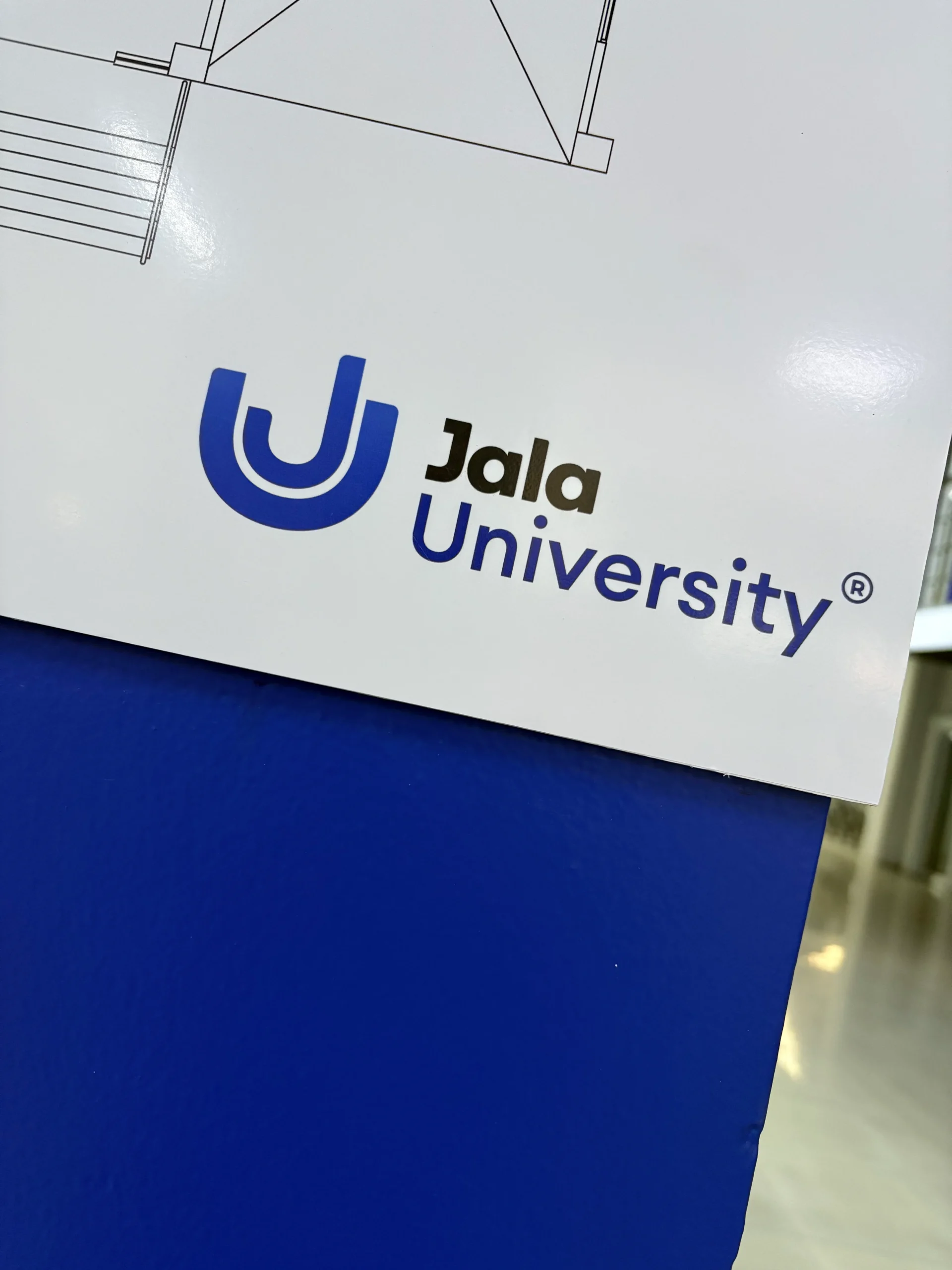
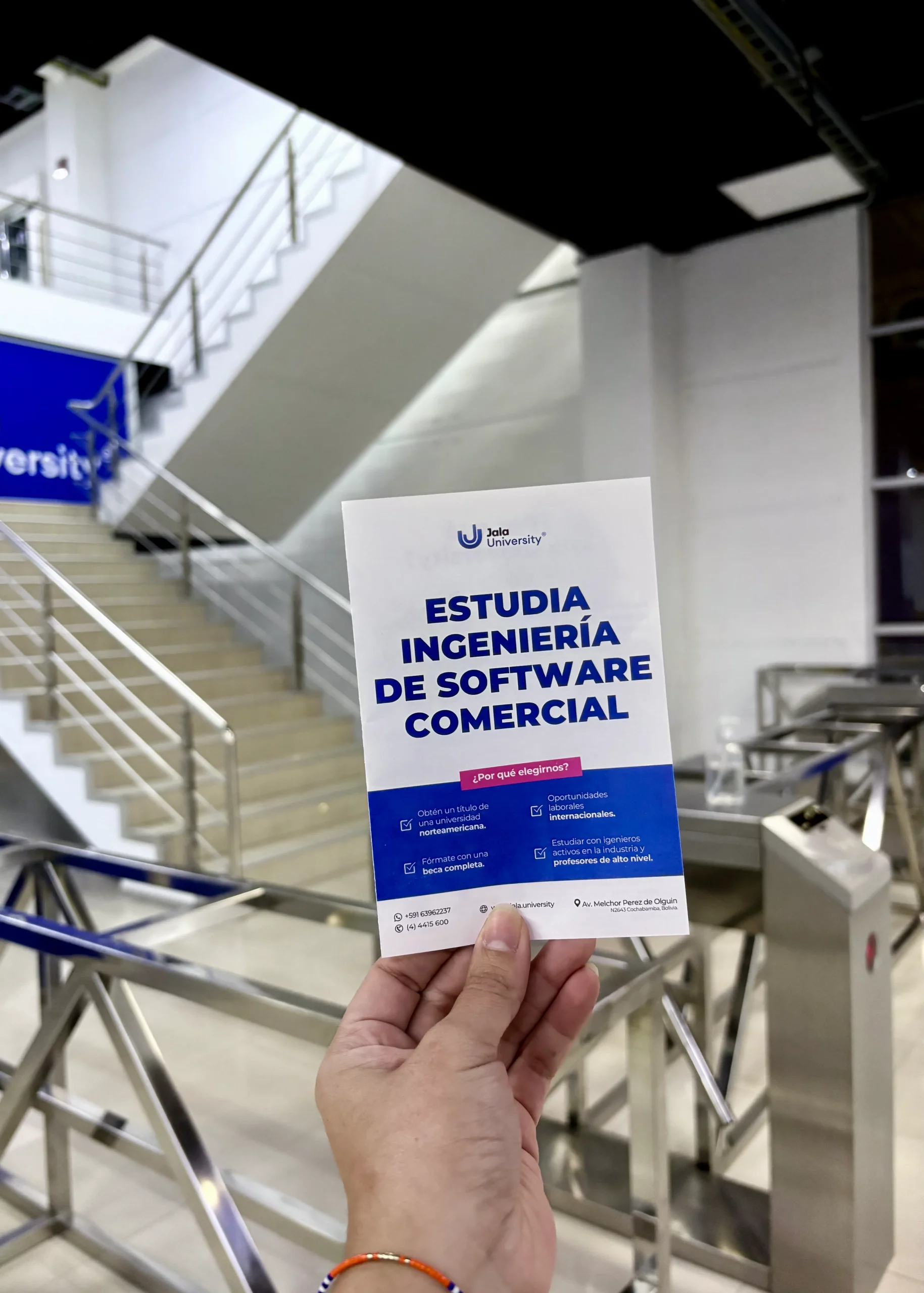
This article was written in Spanish and translated into English and Portuguese with the help of ChatGPT.
Discover more articles of your interest!
Go back


